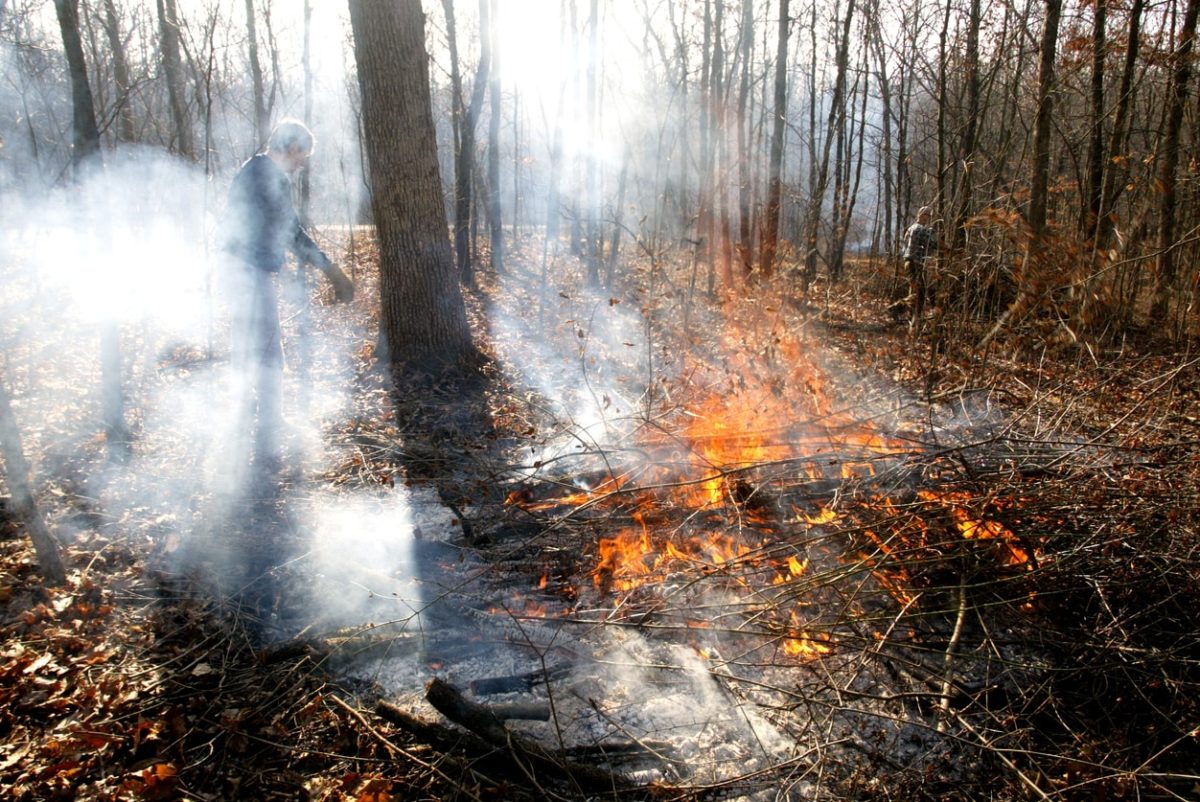
With winter conditions approaching, the fire service is left with additional demands. The hazards and complications of winter firefighting can be overcome by firefighters developing a basic understanding of those hazards and conditions and preparing for them beforehand.
Response Safety
Preparing for winter response starts with making sure the apparatus is ready and in top operating condition. Operators must be familiar with window defrosters, heat vents and brake retarders on their particular apparatus.
Coating the threads of fittings or port caps with antifreeze will help prevent them from freezing without damaging any gaskets and should performed as needed in daily vehicle checks. A spray bottle can be filled with antifreeze and kept on the rig for this purpose.
Increased stopping distances, decreased visibility and unpredictable actions of civilian motorists can all be expected in extreme weather and will negatively impact response. Take snow/ice removal and consider accessibility to the incident on routes.
Fireground Concerns
Questions that need to be considered on scene:
- Are tactical positions attainable or are they blocked by snow banks?
- Are additional lengths of hose needed to be added to pre-connected lines to make it to the building?
- Can personnel access all sides of the building and are there any hazards or obstacles present that are not visible due to snow or ice such as stairs, drop offs or swimming pools?
- Are fire hydrants visible and accessible?
Since when water is applied to a burning structure it freezes and doesn’t run off, when more water is applied, ice will cause additional weight on structural increasing collapse potential. Locks and halyards on ladders can become frozen making them inoperable. Aerial ladders can become caked with ice increasing weight loads on them resulting in failure or twisting of the ladder.
Injuries & Rehab
Firefighting boots become harder in colder temperatures preventing them from gripping the ground. Removable cleats or spikes that slip over boot soles can be helpful. Water on the ground from cold weather operations will also create an increased potential for slips and falls. Sodium Chloride is commonly carried on fire apparatus due to its ability to impede ice formation. Road salt is often applied to the ice once it is already formed. Sand can also be thrown onto the ground to improve traction.
A commonly-overlooked way of protecting ourselves from cold stress is through proper hydration. This must happen before responding to an incident. Vital functions of our body will shut down when not properly hydrated. Drink at least a quart of water per hour.
Be aware of frostbite. Fluids contained within exposed body part freeze causing blood vessel damage and necrosis or death of tissue in the affected area. Protect the skin from direct exposure to cold air. Dress in layers of loose fitting clothes beneath turnout gear. Hypothermia occurs when body core temperature falls below normal. Dress in layers, keep moving to maintain a good level of circulation, and keep your heads covered when working in cold weather.
It’s a common misconception that fewer fires occur during the winter due to the colder, wetter weather, but with many people cranking up their heating and making greater use of their fireplaces and stoves, there are many potential fire risks that actually increase during the winter months. No matter the time of year, fires are likely to happen, and it is crucial that fire departments and operations ensure that their members are properly trained and insured to respond to risks at any time.
About Provident FirePlus
At Provident FirePlus, we offer custom tailored packages to best protect firefighters and volunteer firefighters. We understand the risks that emergency response teams are subjected to on a daily basis, and have worked to serve these dedicated professionals for over 87 years. For more information about our products and policies, we invite you to contact our experts today at (800) 447-0360.

